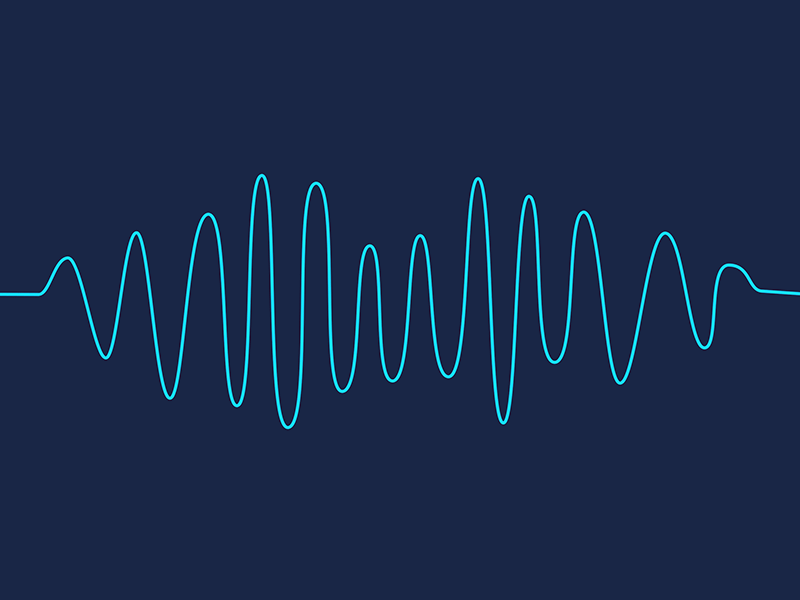- Solution of assignment in course Digital communications ELC325B
- This project has solutions for 3 assignments
- Built using Matlab
- This assignment is mainly talking about using uniform quantizer and see the affect of this quantizer on both uniform signal and non-uniform ones with small modification on the quantizer
- calculating the signal to noise ratio for each to compare results when different number of bits are used to transmit the signal which means a more or less resolution on transmitting
- for the non-uniform signal we used smaller quantization steps for smaller signal amplitudes this achieved through compressing the signal using the μ-Law Companding Technique then applying uniform quantizer which is equivalent to non-uniform quantization
- View Assignment 1
View Assignment 2
Plot the output of the receive filter for the three mentioned cases
For input: 0011000011
Gram-Schmidt orthogonalization is a mathematical procedure that takes a set of linearly independent vectors and constructs an orthogonal or orthonormal set of vectors that span the same subspace. It is commonly used in linear algebra and signal processing.
View Assignment 3

|

|
Nour Ziad Almulhem |
Eslam Ashraf |
This software is licensed under MIT License, See License for more information ©Nour.

















